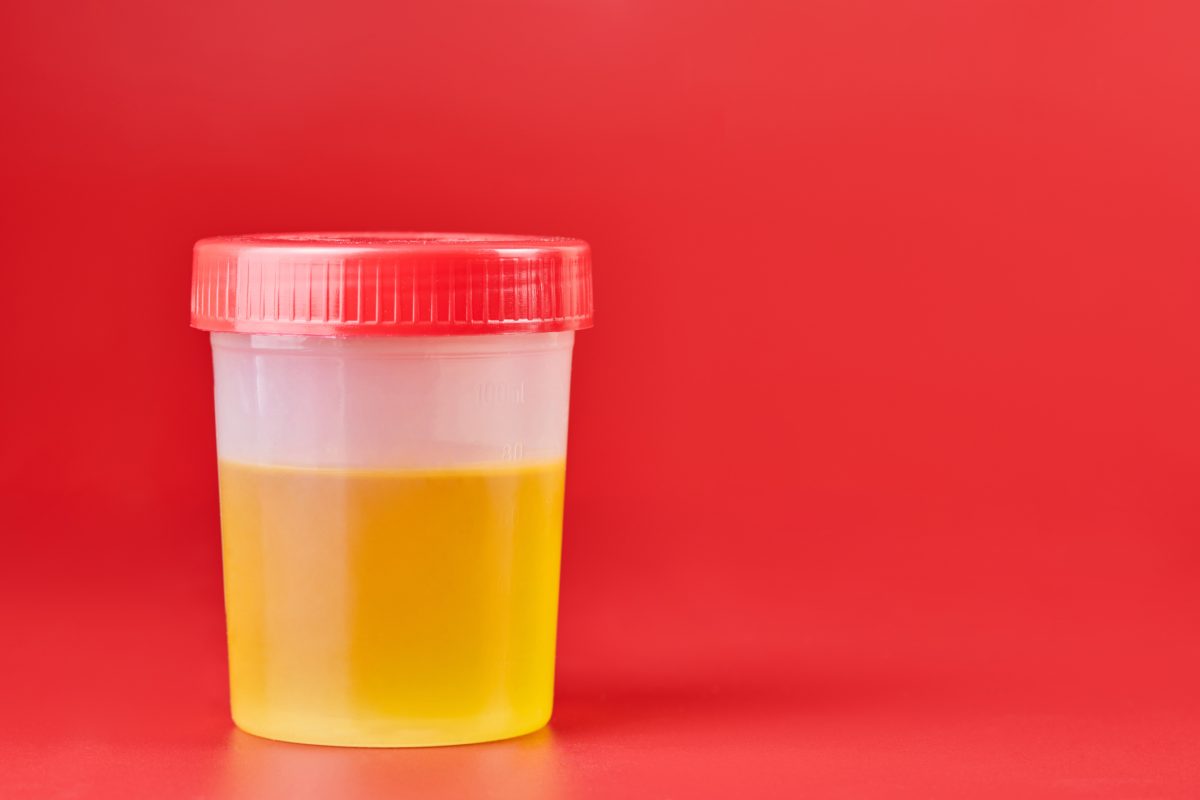Scientists have begun to investigate the dangers of toxic heavy metals to human health, and we are learning much about how we’re exposed and what happens when we are.
Metals can accumulate in our air, soil, and water as a result of industrial exposure. Consuming metals and breathing them are among the most common ways we’re exposed.
We’ve learned mercury, arsenic, cadmium and lead can be found in dark chocolate and fruit juices…
We know exposure to heavy metals can cause cancer, as well as a range of other conditions like nervous system problems, hypertension, immune system suppression, kidney damage and reproductive issues…
The American Heart Association called out lead, cadmium and arsenic for doing the most harm in the form of coronary artery disease, stroke and peripheral artery disease. And the 2019 Global Burden of Disease Study found lead’s heart-related death rate is six times higher than previously thought…
These metals also have an endocrine-disrupting effect: Women with higher levels of heavy metal in their urine were significantly more likely to have diminished ovarian reserve — up to 10 years before their final menstrual period.
So to say heavy metals are ubiquitous to our environment — and our own bodies — may be an understatement, especially based on the latest findings…
A urine test that shows traces of these metals in your urine could indicate increased risks for not only cardiovascular death… but all-cause mortality.
Heavy metals in urine predict heart disease and death
Scientists from Columbia University Mailman School of Public Health analyzed data from 6,418 participants in the Multi-Ethnic Study of Atherosclerosis (MESA), the largest epidemiological study to date to look at characteristics of subclinical heart disease (heart disease before it has presented any symptoms).
Urine samples were gathered from the participants from six urban and suburban U.S. communities, and they were followed from 2000 to 2019.
Specifically, MESA looked at the hazard ratio (HR) of heart disease and heavy metals (the risk of developing heart disease relative to heavy metal exposure) by looking at the amount of heavy metals in urine. A hazard ratio above 1.0 suggests increased risk.
Results for six common heavy metals were as follows:
Cadmium: 1.25 for cardiovascular disease, 1.68 for death
Tungsten: 1.20 for CVD, 1.16 for death
Uranium: 1.32 for CVD, 1.32 for death
Cobalt: 1.24 for CVD, 1,37 for death
Copper: 1.42 for CVD, 1.50 for death
Zinc: 1.21 for CVD, 1.38 for death
When analyzed together, the 6 metal-mixture including cadmium, tungsten, uranium, copper, cobalt, and zinc was associated with a 29 percent increased risk of cardiovascular disease and a 66 percent increased risk of death over the study follow-up of 18 years.
And that was even after accounting for established risk factors of cardiovascular disease (CVD) like smoking, hypertension or diabetes.
The researchers noted that exposure to less studied metals such as tungsten and uranium is common in the U.S. These metals are found in drinking water, food, air pollution and indoor dust.
How to avoid heavy metals
“Our findings support that urinary metal levels are a robust predictor of CVD risk and all-cause mortality,” the study authors say.
“These associations with clinical events are consistent with our previous finding that these six metals were associated with higher levels of coronary artery calcification, supporting that atherosclerosis is a major underlying pathway explaining the association of metals with clinical events, and that those subclinical associations are clinically relevant.”
Translation: Not only are heavy metals directly associated with heart disease, but likely they’re also behind a lot of the health issues that stem from heart disease.
So what’s a person to do if you want to avoid heavy metals?
Watch what you drink. Sports drinks and even many fruit juices are full of heavy metals. Limit your intake of these and reach for some iced water with lemon instead.
Wash your rice. Washing rice before you cook and eat it has been shown to remove about 90 percent of bioaccessible arsenic — the type the body can readily absorb.
Eat to detoxify your body. Sulforaphane, found in cruciferous veggies like broccoli, improves your liver’s ability to deal with toxins. Broccoli sprouts are some of the best detoxifiers around.
Explore chelation. EDTA (disodium ethylenediaminetetraacetic acid) chelation therapy was developed to treat lead poisoning but has been used in the treatment of cardiovascular and neurological conditions. It is reported to remove lead, cadmium and mercury, possibly others. EDTA binds to metals allowing them to pass through the body faster.
Sources:
Largest Study to Date Finds Multiple Urinary Metals Play Key Role in Cardiovascular Disease and Mortality — Columbia Mailman School of Public Health
These Metals in Urine Predict Heart Disease and Death — MedPage Today
Association of Urinary Metals with Cardiovascular Disease Incidence and All-Cause Mortality in the Multi-Ethnic Study of Atherosclerosis (MESA) — Circulation
Urinary Metal Levels and Coronary Artery Calcification: Longitudinal Evidence in the Multi-Ethnic Study of Atherosclerosis (MESA) — National Library of Medicine
EDTA Chelation Therapy for the Treatment of Neurotoxicity — International Journal of Molecular Science
Read full article here




